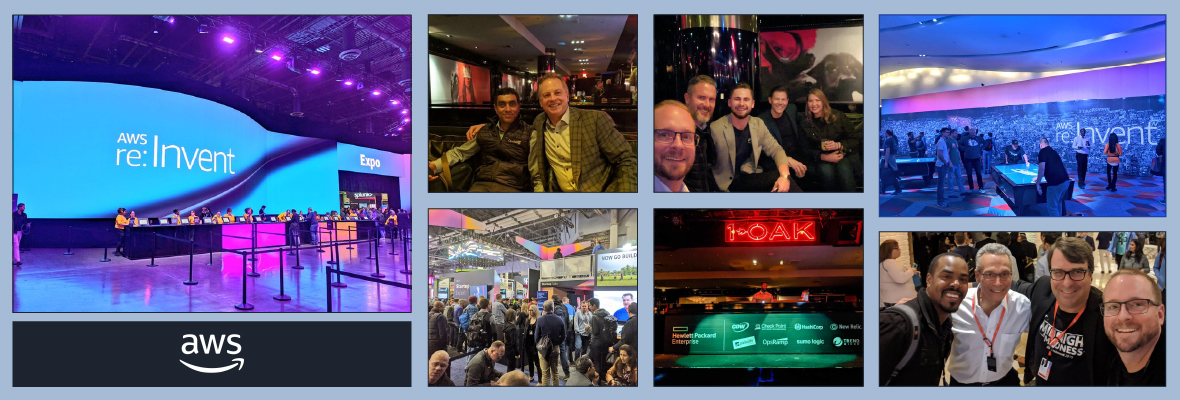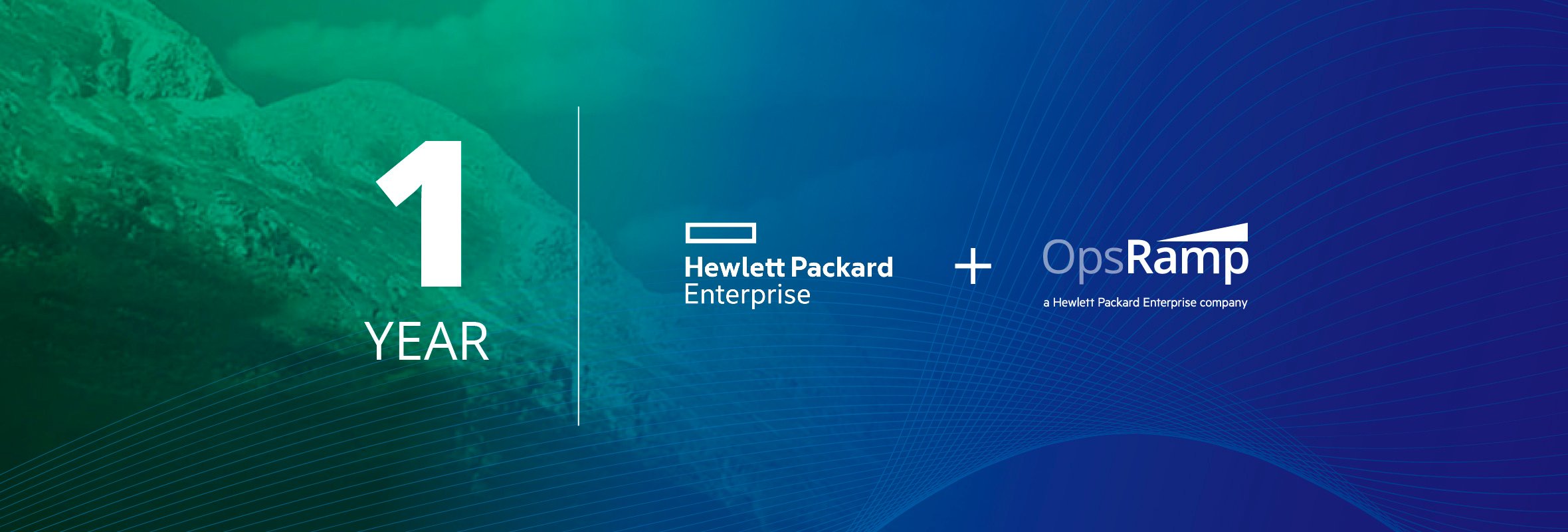The 2019 AWS annual user conference, re:Invent, didn’t disappoint, with several intriguing announcements from the cloud giant. There was ample focus on Compute, with AWS Outposts and the new Graviton computing instances incorporating the ARM processing framework. There was also a renewed focus on AI and machine learning, as one would expect.
Here’s my take on what this year’s show means for people working in IT operations and DevOps:
- User experience gets sweeter all the time: Amazon’s announcements on serverless computing, containers and machine learning (ML) will continue to drive simplicity and agility through automation. AWS is holding steadfast to its religious philosophy of customer obsession, bringing new ML capabilities to remove manual effort with enhancements to SageMaker, which AWS calls a “fully managed service that removes the heavy lifting from each step of the machine learning process.” SageMaker could serve as a “single pane of glass” for folks to manage all of their ML tools and development resources. When it comes to serverless, customers can now run Kubernetes-based applications on AWS without the need to manage servers and clusters, using the new AWS Fargate for Amazon EKS service. AWS is making it easier to run and manage Kubernetes applications on its platform, closing out a strong year for container news.
- Thinking beyond the “pure cloud” experience: AWS is re:Inventing itself by embracing on-premises infrastructure with AWS Outposts, a fully managed service to run AWS infrastructure in corporate datacenters. This aligns with OpsRamp's thesis about the need for a single digital operations command center to manage IT assets wherever they reside, especially given the growing popularity of hybrid infrastructure. AWS Wavelength brings more flexibility by providing infrastructure deployments that embed AWS compute and storage services within the telecommunications providers’ datacenters at the edge of 5G networks; it’s designed to support machine learning, industrial IoT, and virtual and augmented reality on mobile and edge devices.
- Pick your favorite deployment option: AWS also demonstrated that it has a solid grasp of the enterprise CIO’s need for deployment flexibility, evidenced by the wealth of form factors and deployment options now available through AWS and its partner ecosystem. For instance, customers can run AWS Outposts on VMware Cloud, or through AWS native technologies. On the downside, complexity is only increasing with extreme flexibility of deployment options and shadow IT, which is rapidly gaining favor over centralized governance and control of infrastructure. OpsRamp can help simplify the complexity of deploying and managing applications on a wide range of hybrid infrastructure platforms while consolidating the tools overload which is common in enterprise IT today.
Bottom line. For IT operations professionals, the overall theme of re:Invent this year and leading into next year is FutureOps, where enterprises will see the convergence of traditional IT operations with DevOps, aided by AI and ML technologies for rapid, contextual automation.
Next Steps:
- Learn how OpsRamp supports monitoring and management of AWS cloud services.
- Follow OpsRamp on Twitter and LinkedIn for real-time updates and news from the world of IT operations.
- Schedule a custom demo with an OpsRamp solution expert.






